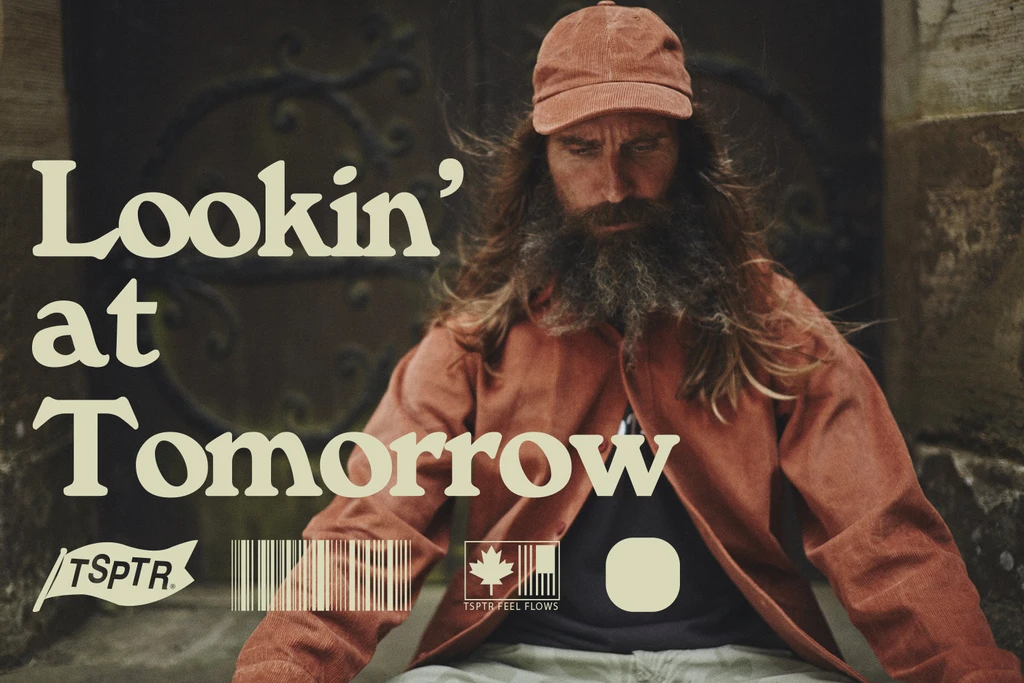Witchfinder General, The 13 Chairs and Apotheosis 2 – Counter-Cultural musings from TSPTR. Dossier #7
In the seventh of our monthly counter-cultural musings from TSPTR, we look at the sleepy Suffolk town Lavenham’s role in the counter-culture
The quiet and unassuming village of Lavenham in Suffolk holds a strange place in the canon of ’60s counter-culture. The county of Suffolk, steeped in hundreds of years of dark and mysterious history, was the perfect location for the 1968 cult folk-horror classic Witchfinder General. Filmed in and around Lavenham, the disturbing tale of mass deception and sadism focused on real life English Civil War era “witchfinder” Matthew Hopkins. It’s infamous witch burning scene was filmed in the village marketplace, the colourful medieval half-timbered cottages taking on a dark Disneyland aesthetic as the seemingly idyllic portent for ensuing acts of violence. The films auteur, Michael Reeves, would die of an accidental drug overdose the following year in February 1969, his ashes scattered in nearly Ipswich.
A few months later, doomed Hollywood actress Sharon Tate would visit Lavenham, filming what would become her final movie, The Thirteen Chairs. A typically groovy and silly late ’60s jaunt, the film closes with a scene that could be viewed as darkly prescient. The leading actor, Vittorio Gassman, who’s character had discovered a means of making hair miraculously grow back, laughs maniacally into the camera, crazy-eyed with wild black beard and hippy hair styling, a startling doppelganger of Charles Manson. The credits appear on screen and beneath the frozen frame of Gassman, Sharon Tate’s name scrolls into view. An accidental celluloid seal that would play out a few months later on Cielo Drive in LA.
Later that same year the white Rolls Royce of John Lennon and Yoko Ono was seen in the snowy lanes of Lavenham on the 5th December ’69. The king and queen of the darkening end game of the ’60s were there for the making of their film Apotheosis 2, a six-minute avant-garde sequel to the earlier Apotheosis. The plot of Apotheosis 2 concerned the inflation and flight of an orange hot air balloon as a metaphor for transcendental freedom. Lennon and Ono are shown in black robes as the balloon rises, crossing snow covered fields to the sound of gun fire below. A similar device had been employed for Apotheosis a few months earlier, however in this film the balloon sets off from Central Park in NYC.
Almost 11 years to the day of the filming at Lavenham Lennon would be assassinated outside the Dakota building, close to Central Park. The word “apotheosis” is described as “the process of ascent into the figure of a god” so could the two films and their symbolic locations be viewed as presages of Lennon’s ascension from reclusive pop star to slain messiah? Possibly, although the Dakota building was itself already steeped in cultural paranoia having also been the filming location for Roman Polanski’s seminal Rosemary’s Baby, a macabre tale of a pregnant woman preyed upon by a Satanic cult – a possible precognition of his pregnant wife Sharon Tate’s cult murder? Maybe.
The bigger question is that of Lavenham’s centrality to the celluloid seals of late ’60s counterculture, was it coincidental or did the sleepy Suffolk village find itself cosmically aligned between the hidden corridors of the Dakota Building and Cielo Drive at the closing of a dark and turbulent decade?


